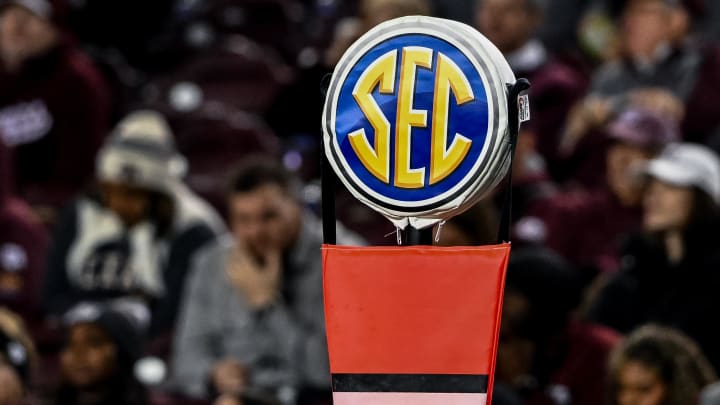Shocking Stat Shows How Much NIL Is Being Allocated Towards Football

For schools across the country, the college football programs are their money-makers, bringing in revenue that is dispersed to their other athletic areas.
All the attention, TV contracts, and sponsorship deals that come from football have turned this into the model used across the majority of college athletic departments.
So, it should be no surprise that schools will do everything in their power to be relevant, or become relevant, in that sport.
With Name, Image, and Likeness being passed in 2021, the aspect of players making money was seen as something that could level out the playing field, getting elite talent to play for different teams instead of the elite ones just stockpiling everything.
Since the NIL era is so new, there are a lot of things that still aren't figured out or legislated.
Because of that, different schools around the country have their own philosophies on how they want to utilize this money for all of their athletic programs.
In the meantime, collectives have become a major part of college sports. These individual organizations have raised money through fundraising and other aspects to pool together enough capital that can be dispersed to the players.
Opendorse released their yearly NIL annual report and took a look at where the money is being allocated from the different collectives around the country.
According to them, 72.2 percent of this money goes to football players. 21.2 percent is given to men's basketball players, while baseball and women's basketball players account for just 5.9 percent. Considering how many football players there are compared to the other sports, it makes sense as to why those athletes would receive more of the money, but the disparity here is massive.
When it comes to commercial NIL dollars, it's a similar case as 76.6 percent goes to football players.
Commercial involvement is starting to increase, especially with the new estimate on how much this market will expand, but right now it's mainly dominated by the collectives.
To see those organizations loosely associated with colleges and universities have a clear focus on where they want to spend money is telling.
Football is the lifeblood of college athletics, and having a healthy program is good for all the other sports at any given school.
